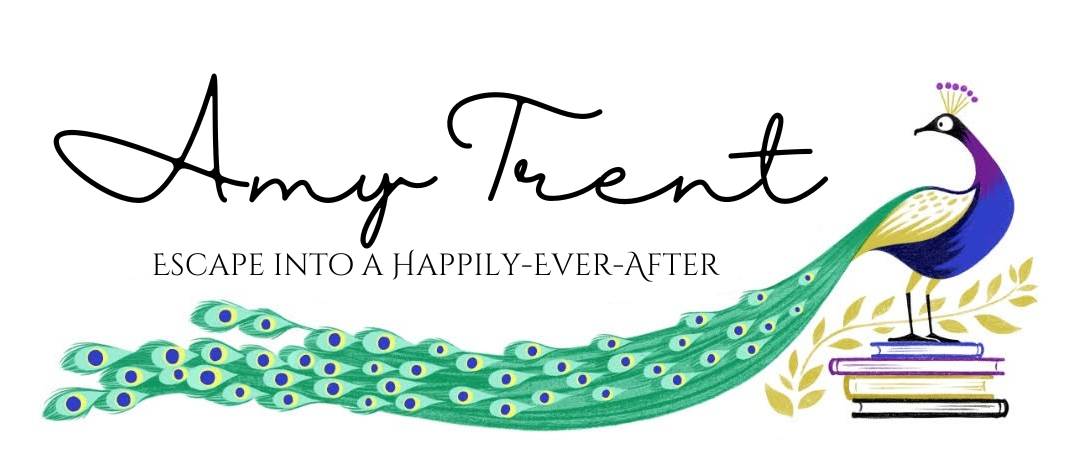Otherwise entitled: How do you revise a novel?
Otherwise entitled: How do you go from 81K word manuscript to 96K word manuscript?
Revision is a fun and necessary part of any novel writing process. It’s one thing to image and draft a story. It’s another to get the story into any sort of readable state. Improving a story through revision takes time, skill, and outside perspectives. I think a lot of us are well acquainted with what it takes to draft and send off a book for someone else’s feedback.
I think knowing what to do with feedback is less well understood. Can you trust the feedback? If you do, what the heck do you do with it?
Before I worked with my developmental editor, I would hear authors on twitter talk about how debilitating their edit letters were. I at one point in my writing journey participated in mentorship contests and the chosen participants that went on to the revision stage would talk about tearing down and rewriting their entire book. It all sounded so scary. Was it necessary?
Before I could invest in professional editing I would swap manuscripts with beta readers. The feedback that I received was often contradictory. One beta would say an element was working, while another would say the same element was no good at all. The prevailing advice was to only make the edits that “resonated” with me. But very few of them did. In hindsight, it’s easy for me to understand why. Writers often are brilliant at writing and less brilliant at editing. I was terrified of revision–what if I ruin the only parts of my story that were working? I quickly worked myself into a tizzy of inactivity. Which was fine because I had a mountain of stories I needed to beta read for. It was an enormous time commitment. I very quickly realized I was in over my head. I was reading people’s heart on a page. I didn’t have the toolbox necessary to provide helpful feedback, and I wasn’t about to disparage anyone’s baby/soul/heart. Most writers want to hear what is working, especially starting out. It takes time/experience/faith/trust to want to know what needs improvement.
I trust my editor Deborah. I don’t have to wonder if her editorial insight resonates with me. She knows books. She knows how to improve them. She wants my books to be their best selves and live their best lives. When you trust the person who has insights into how to improve your book, revision gets lots easier.
I still have dark nights of the soul where I wonder how I’m going to implement all of Deborah’s wisdom. It’s particularly anxiety inducing when I get a note like, “Try the first chapter again. It’s not working.” Or. “You excel at fast conversations. Where are they?” But I’ve revised before. I have the experience to know I can rise to the challenge.
I sent a very messy draft to Deborah back in March because I wasn’t sure if the story was working. Kudos to Deborah for wading through that draft. She was able to find what was missing from my story, and I got to work. And there was a lot of work that needed doing. Every chapter needed an hour or two of revision because I’d sent such a messy draft.
I’m often a binge writer/reader. But revision isn’t a task I can do all in one cookie fueled weekend. With some of my other books, I could knock an entire item off my revision hitlist in a single sitting because the books were more polished by the time Deborah edited them. Not so here. Progress would be incremental on this one. And due to the nature of my “fiscal year,” which comes to a screeching halt when school gets out for summer vacation, I had only about a month and a half to make this revision happen.
I worked on the revision, trying to make manuscript wide changes item by item, which is what I’d done in the past, but there was no momentum in this method. I felt like I was spinning my wheels most days. Other days I felt like I was playing whack-a-mole.
So I made a tracker…A color-as-you-finish progress chart. A box for every chapter. And I started crossing them off. If I could just do two a day, I’d make my goal of finishing this revision before school got out, and I turned into a pumpkin.
A visual diary of how my revision was going was incredibly helpful, especially as I needed to start my revision in the middle of the book and work backwards, then forwards, then backwards and forwards again. I saved the last chapter for the very end. Except it wasn’t the very end. I ended up printing a physical copy for a final polish with my purple pen. There were moments when my entire living room was covered in papers. It was like a scene from A Beautiful Mind.
Going a chapter at a time, in nonsequential order, with a visual progress tracker is probably how I’m going to tackle revision of my Mississippi Christmas rom-com. It helps contain the overwhelm. It helps me keep up my morale and momentum. It was so very satisfying to see my page fill up with orange.
This is an image I shared in my May newsletter earlier this month, when I still had twenty percent of the book left to revise…

In the course of revising this book, I added 15,000 words to the story. I can write 15,000 words in a weekend. But revising means finding the places where you need to slot those words into the story. It also means deleting maybe 10,000 words along the way. I revised this story in Microsoft Word over Scrivener, and I’m not as well versed in the meta data I can cull over there. I also maybe don’t want to know. I have a feeling my revision process is incredibly inefficient. Oh well.
But the happy news is that my work on this story is done for now. It’s off to my copyeditor, Joyce, who is going to work her magic. I’m off to do some epic summer traveling with the fam, and am looking forward to being Mommy-Cruise-Ship-Director by day and writer by night until September rolls around. I’ll still be keeping up the blog twice a month and sending out my monthly newsletter, but my writing time is drying up for now.
It’s okay. Seasonal shifts are something that work well for me. I’ve heard that many authors do more revision/editing work over the summer because it’s easier to start/stop. So maybe A Mississippi Christmas will get some attention sooner than I thought… Unlikely as I am approaching dravision stages of my third novel length fairy tale retelling.
Below is an update of another graphic I shared last summer in my newsletter. This graph is only for my novel length projects. None of my short stories or novellas that I’ve published made it on this graph, but I’m delighted that two of my novels are complete in draft form. That’s progress right?



